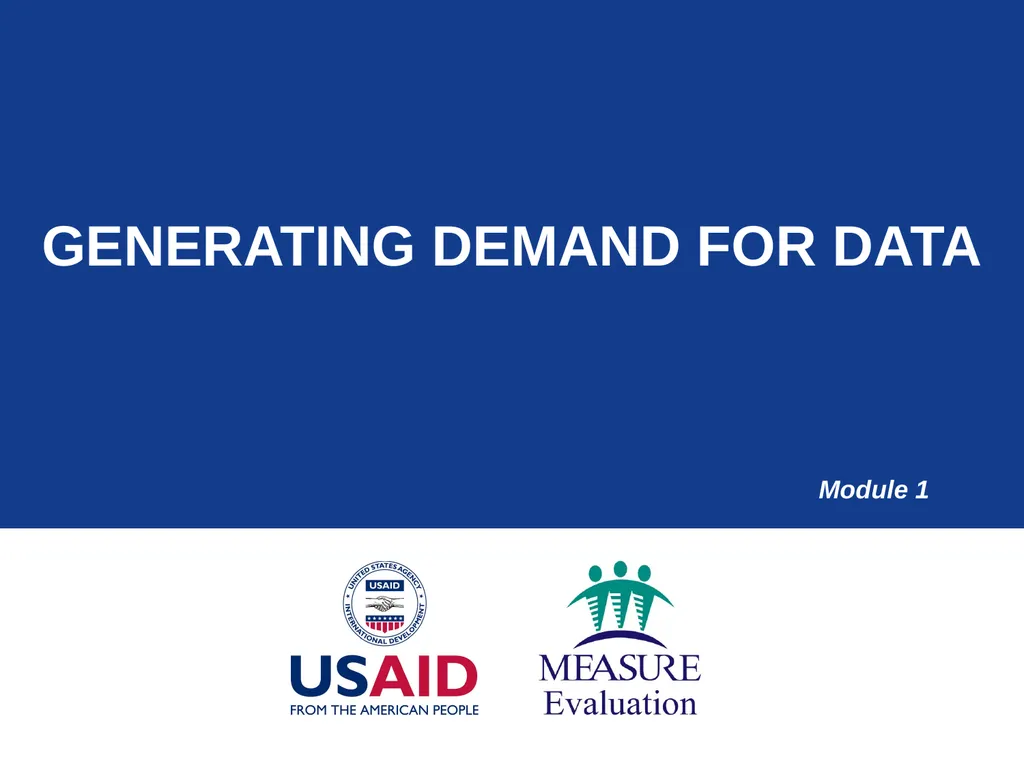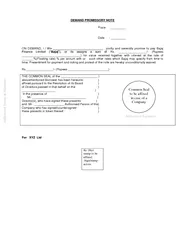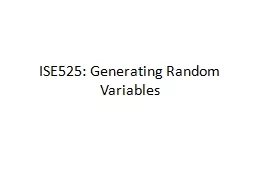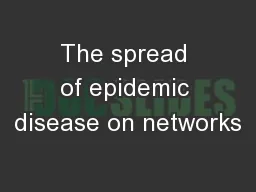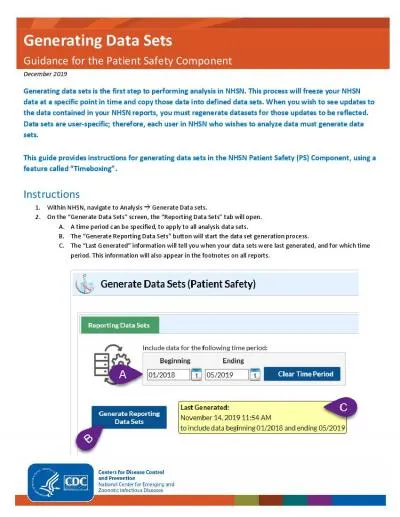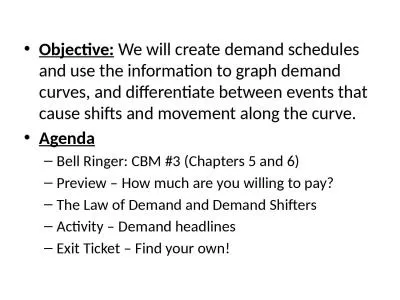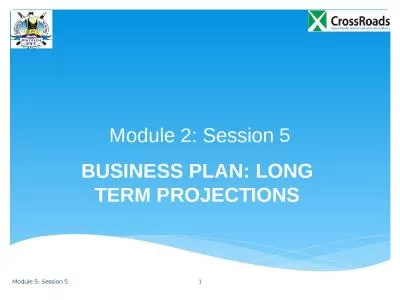Generating Demand for Data Module 1 Session
Author : debby-jeon | Published Date : 2025-06-23
Description: Generating Demand for Data Module 1 Session Objectives Understand the importance of improving datainformed decision making Understand the role of monitoring and evaluation ME data in decision making without information things are
Presentation Embed Code
Download Presentation
Download
Presentation The PPT/PDF document
"Generating Demand for Data Module 1 Session" is the property of its rightful owner.
Permission is granted to download and print the materials on this website for personal, non-commercial use only,
and to display it on your personal computer provided you do not modify the materials and that you retain all
copyright notices contained in the materials. By downloading content from our website, you accept the terms of
this agreement.
Transcript:Generating Demand for Data Module 1 Session:
Generating Demand for Data Module 1 Session Objectives Understand the importance of improving data-informed decision making Understand the role of monitoring and evaluation (M&E) data in decision making “… without information, things are done arbitrarily and one becomes unsure of whether a policy or program will fail or succeed. If we allow our policies to be guided by empirical facts and data, there will be a noticeable change in the impact of what we do.” National-level Policymaker, Nigeria Why Improve Data-informed Decision Making? HIV epidemic Resurgence of TB Continued prevalence of malaria Pockets of stalled fertility decline Population burden Shortage of health care workers Context Pressing need to develop health policies, strategies, and interventions Why Improve Data-informed Decision Making? Increased financial investments for service delivery Increased accountability requirements Improved national HMIS Increased demand for evaluation and other research Why Address Data Demand & Use? Evidence-based Decision-making Process Level of Dissatisfaction that Policy is Based on Scientific Evidence Percent dissatisfied Overseas Development Institute, Jones et al., 2008. Challenges Integrated HMIS still not fully functioning Little or no communication between data producers and data users Low capacity to collect, analyze, & interpret data Limited or no culture of data use Data collection and use not a priority The Response Monitoring & Evaluation Systems Better Health Outcomes Data-informed Decisions Group Participation How do you and your organization use data and information? We Can Use Information to… Inform health policies and plans Raise additional resources Strengthen programs and improve results Ensure accountability and reporting Improve quality of services provided Contribute to global lessons learned “Making Data Speak” in Thailand Need: Strengthen commitment of policymakers to HIV prevention Data: Behavioral and epidemiological data Response: Analyzed data with Asian Epidemic Model and GOALS model Determined responses and resources needed Communicated data to stakeholders Decision/Action: Successfully emphasized prevention agenda in national strategic plan and developed an operational plan to guide prevention programming Using NNRIMS Data to Inform Resource Allocation Need: Strengthen monitoring of HIV/AIDS service delivery Data: HIV service delivery indicators Response: Development of NNRIMS, a routine information system Quarterly reports summarizing data prepared for and reviewed by LGA managers & decision makers Decision/Action: Chairman procured 480 HIV Test Kits, enabling more people to get tested in Doma Key Messages Decisions based on evidence lead to better health outcomes We all have a role in M&E – partners in progress High-quality information is needed for decision making
